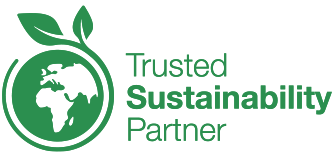missing translation for 'onlineSavingsMsg'
Learn More
Learn More
Thermo Scientific™ Pierce™ Protein-Free Blocking Buffer
Pierce Protein-Free Blocking Buffer is a non-protein compound that provides effective blocking for membrane-based and plate-based protein detection methods, resulting in extremely low background.
Brand: Thermo Scientific™ 37571
This item is not returnable.
View return policy
Description
Pierce Protein-Free Blocking Buffer is a non-protein compound that provides effective blocking for membrane-based and plate-based protein detection methods, resulting in extremely low background. It is supplied in a convenient, ready-to-use format.
Features of Protein-Free Blocking Buffer include:• Protein-free blocker—minimizes or eliminates cross-reactivity associated with protein-based blocking buffers
• Applications—compatible with western blotting (membranes), ELISA (microplates), and arrays (coated glass slides)
• Streptavidin-friendly—free of biotin; no interference with avidin-biotin detection systems
• High-performance—optimized and validated in many protein methods to provide high signal-to-noise ratio (i.e., no quenching of specific binding and signal but eliminating nonspecific binding and background)
Traditional blocking buffers contain proteins that can cross-react in certain immunodetection systems, resulting in high background and reduced signal. Pierce Protein-Free Blocking Buffers are devoid of protein while remaining highly effective at blocking plates, membranes, and other surfaces for ELISA, western blotting, glass slide arrays, and other applications.

Specifications
| Protein-Free T20 (TBS) Blocking Buffer, 1 L | |
| 1 L | |
| ELISA, Western Blot | |
| 1X | |
| Non-protein compound |
| Blocking Buffer, protein-free | |
| Liquid | |
| Pierce™ | |
| TBST | |
| Upon receipt store product at room temperature. After opening, store product at 4°C. |
Product Content Correction
Your input is important to us. Please complete this form to provide feedback related to the content on this product.
Product Title
Spot an opportunity for improvement?Share a Content Correction
